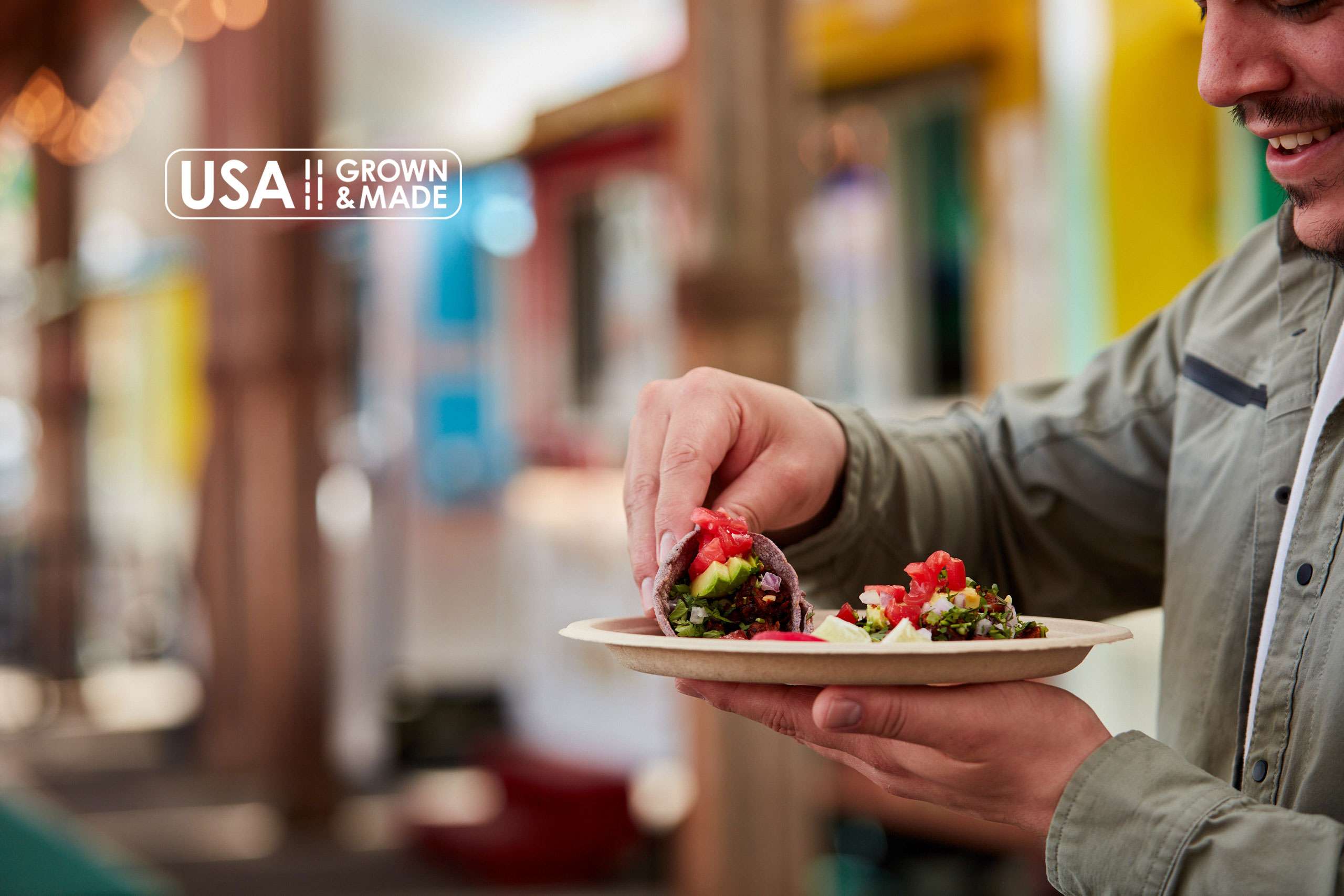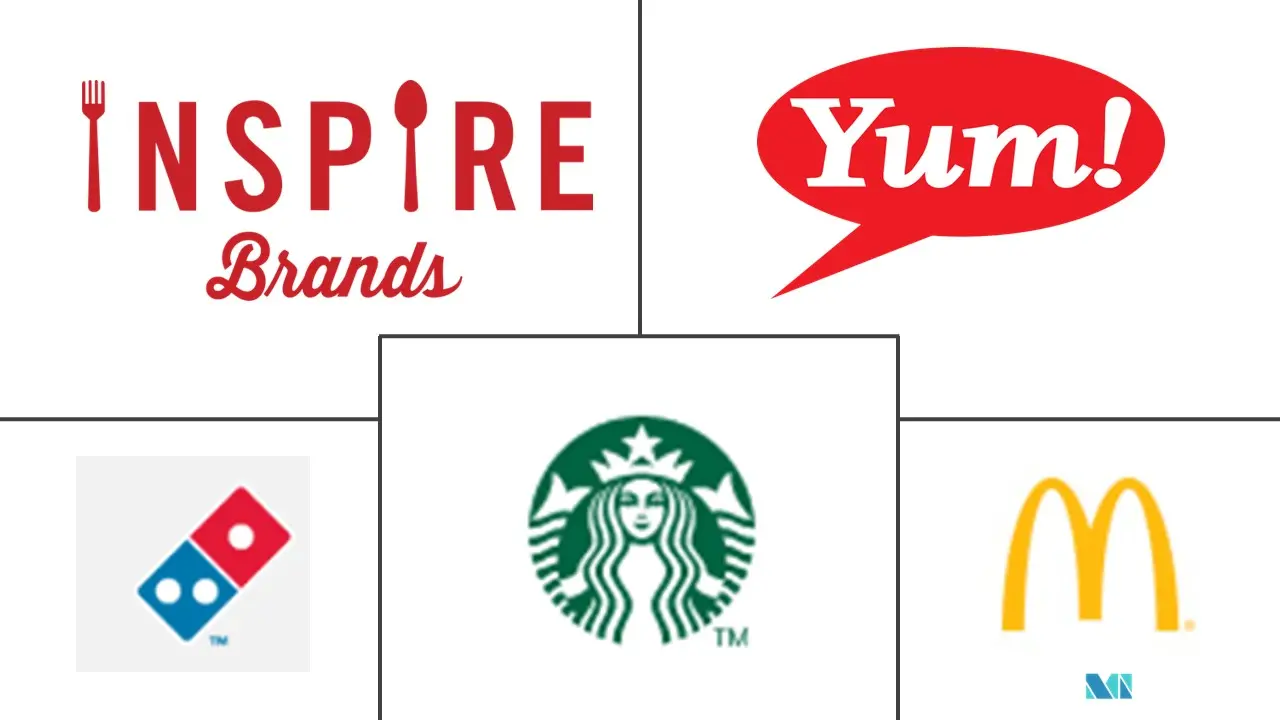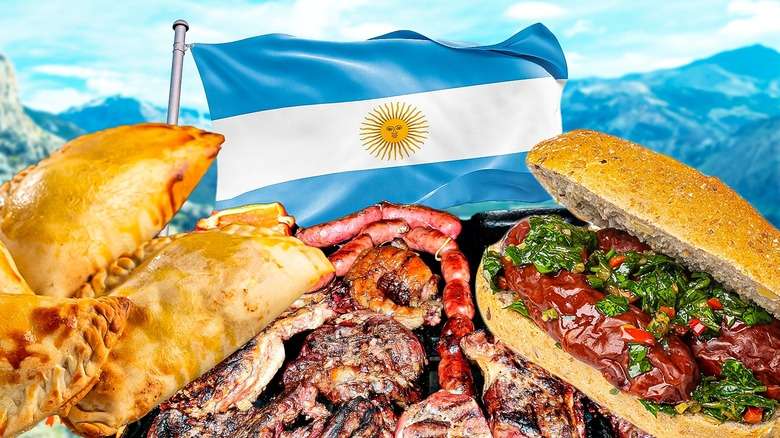The Quick Service Restaurant (QSR) industry in South America is a dynamic and evolving sector, influenced by a combination of local culinary traditions, global food trends, and economic factors. In this report, we will delve into the key aspects of the South American QSR industry, including market overview, major players, emerging trends, and challenges.
Market Overview
The South American QSR market is characterized by a diverse culinary landscape, with a wide variety of cuisines and dining preferences across different countries in the region. While traditional South American dishes such as empanadas, arepas, and churrasco remain popular, there is also a growing demand for international QSR chains offering burgers, pizza, sandwiches, and coffee.
Major Players
Several major QSR chains have established a significant presence in South America, catering to the diverse tastes and preferences of consumers in the region. These include global giants such as McDonald’s, Subway, Burger King, KFC, and Starbucks, as well as regional players like Bob’s Burgers in Brazil, Juan Valdez Café in Colombia, and Pão de Açúcar in Argentina.
Emerging Trends
- Health and Wellness: As in other regions, there is a growing emphasis on health and wellness in the South American QSR industry. Consumers are increasingly seeking healthier menu options, including plant-based alternatives, salads, and low-calorie meals. QSR chains are responding by introducing healthier menu items and promoting transparency in ingredients and nutritional information.
- Digital Transformation: The adoption of digital technology is transforming the South American QSR landscape, with the rise of online ordering, delivery apps, and digital payment solutions. QSR chains are investing in digital platforms to enhance the customer experience, streamline operations, and drive sales.
- Localization: QSR chains are increasingly adapting their menus and marketing strategies to cater to local tastes and preferences. This includes offering regional specialties, sourcing ingredients locally, and engaging with local communities through culturally relevant marketing campaigns.
Challenges
Despite opportunities for growth, the South American QSR industry faces several challenges, including:
- Economic Instability: Economic volatility and currency fluctuations in some South American countries can impact consumer spending and business operations for QSR chains.
- Infrastructure: In some regions, inadequate infrastructure, including transportation and logistics networks, can pose challenges for QSR chains in terms of supply chain management and distribution.
- Regulatory Environment: QSR chains must navigate complex regulatory environments across different countries in South America, including food safety standards, labor regulations, and taxation policies.
Conclusion
In conclusion, the South American Quick Service Restaurant industry is a dynamic and evolving sector, shaped by diverse culinary traditions, global food trends, and economic factors. While facing challenges, QSR chains in South America are well-positioned to capitalize on emerging opportunities and meet the evolving needs of consumers in the region. By embracing innovation, adapting to local preferences, and navigating regulatory complexities, QSR chains can continue to thrive and contribute to the vibrant foodservice landscape of South America.



